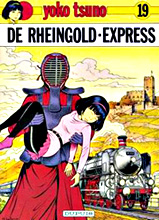|
||||||||||||||||||||||||||||||||||||
Home / Profile / products / History / Gallery / News / Events / Purchase / Contact / catalogue
The copyrights / trademarks in all material provided on this Site belong to Darstaed. None of the material may be reproduced, copied, distributed, republished, downloaded, displayed, posted or transmitted in any form with out the prior written consent of Darstaed. |
||||||||||||||||||||||||||||||||||||





